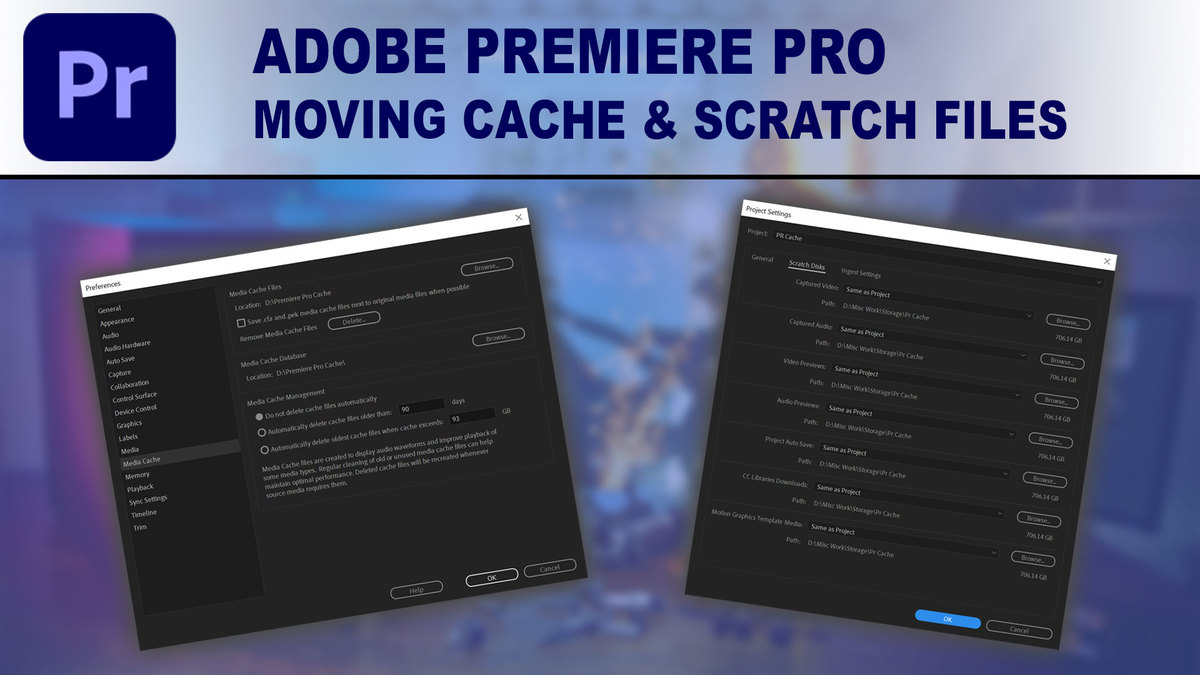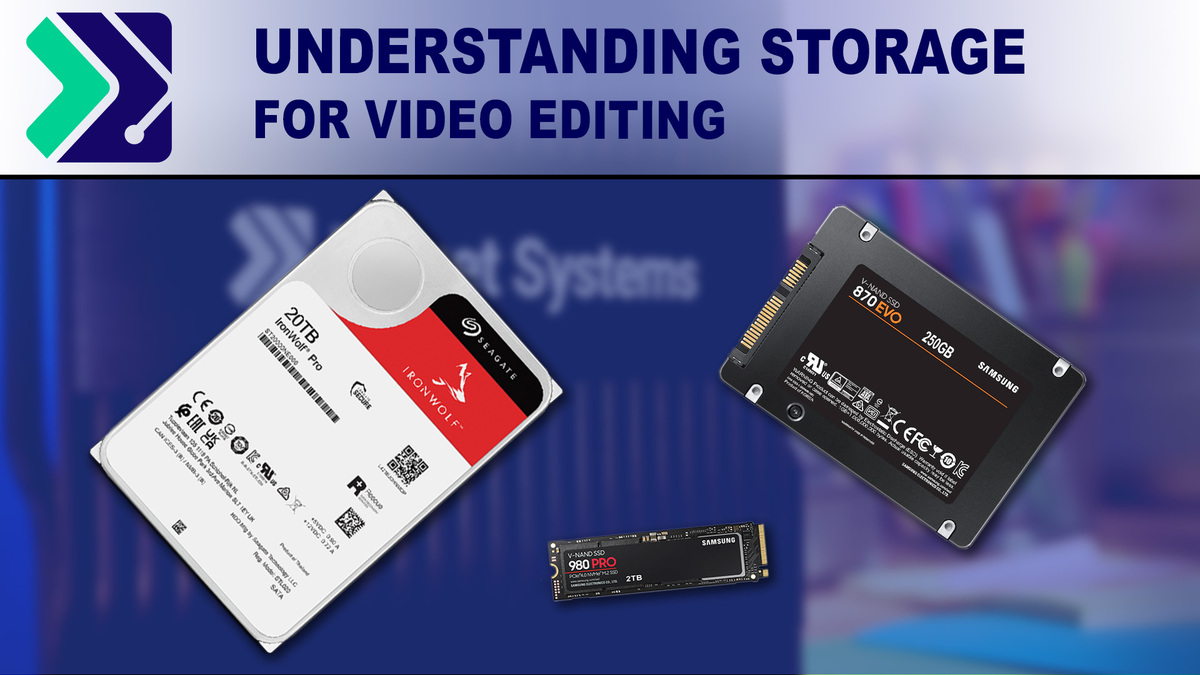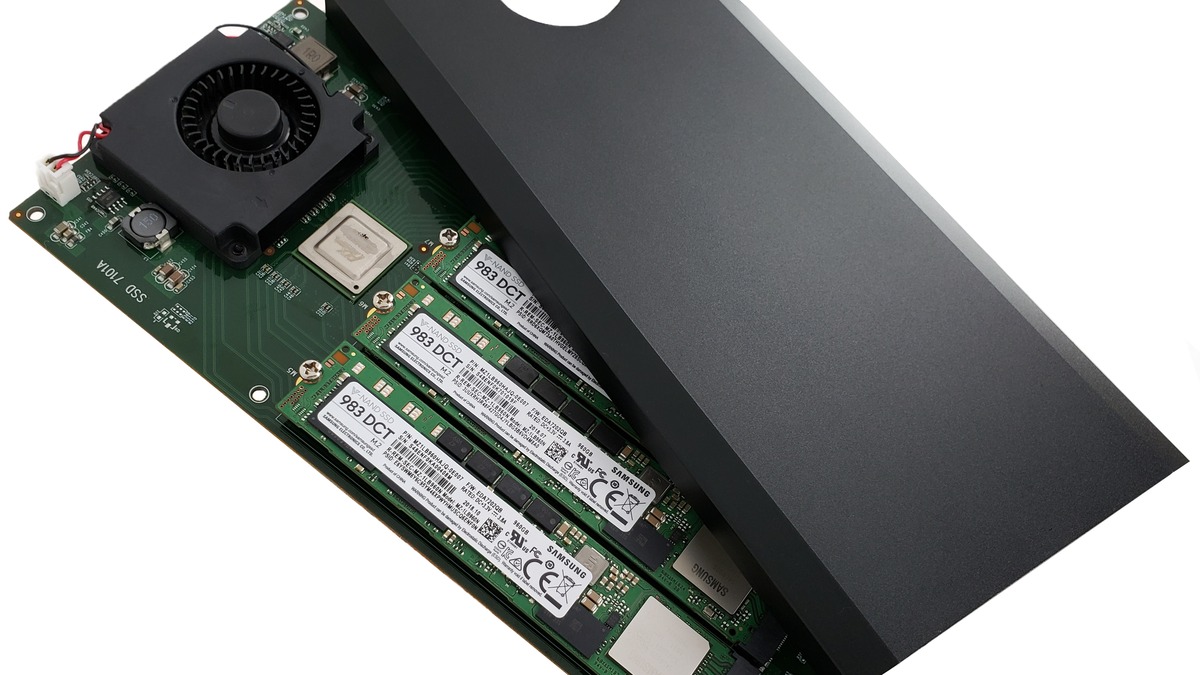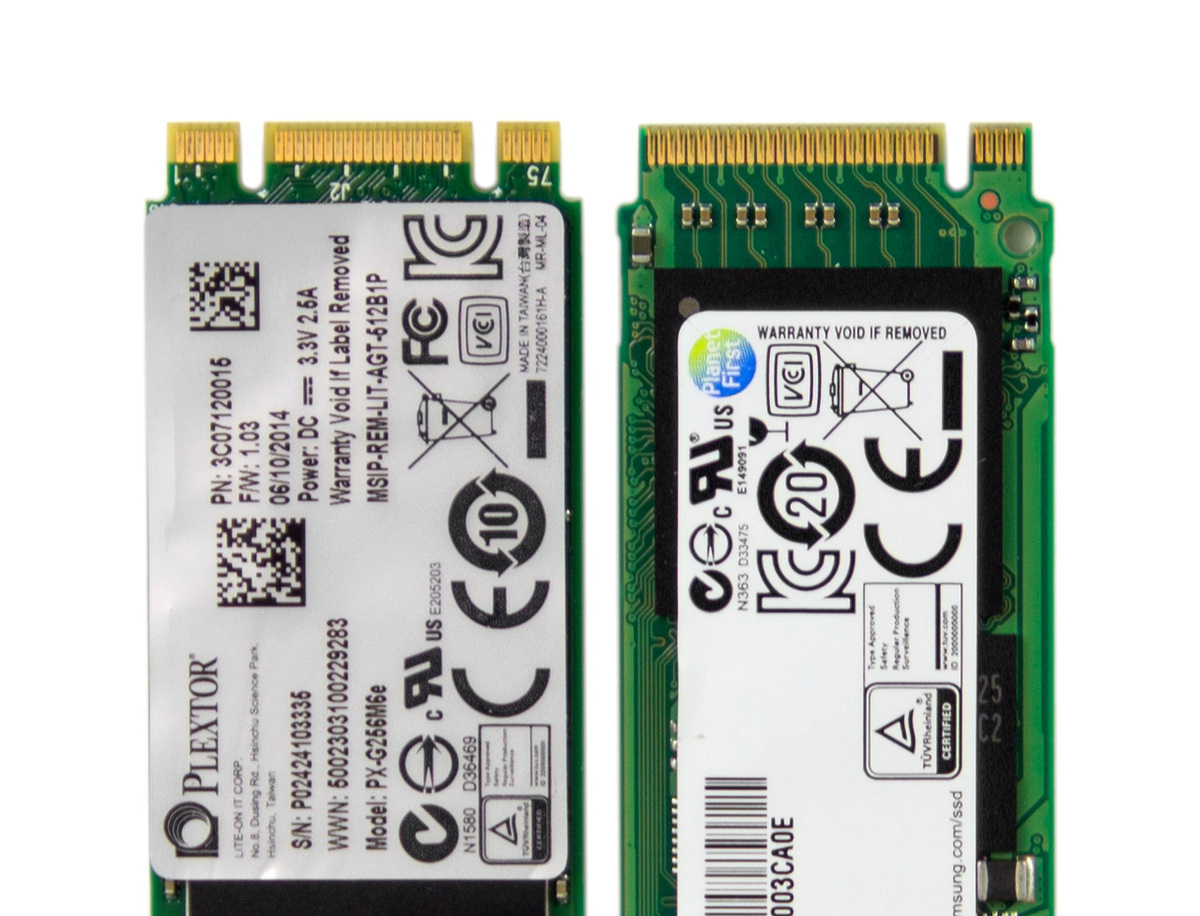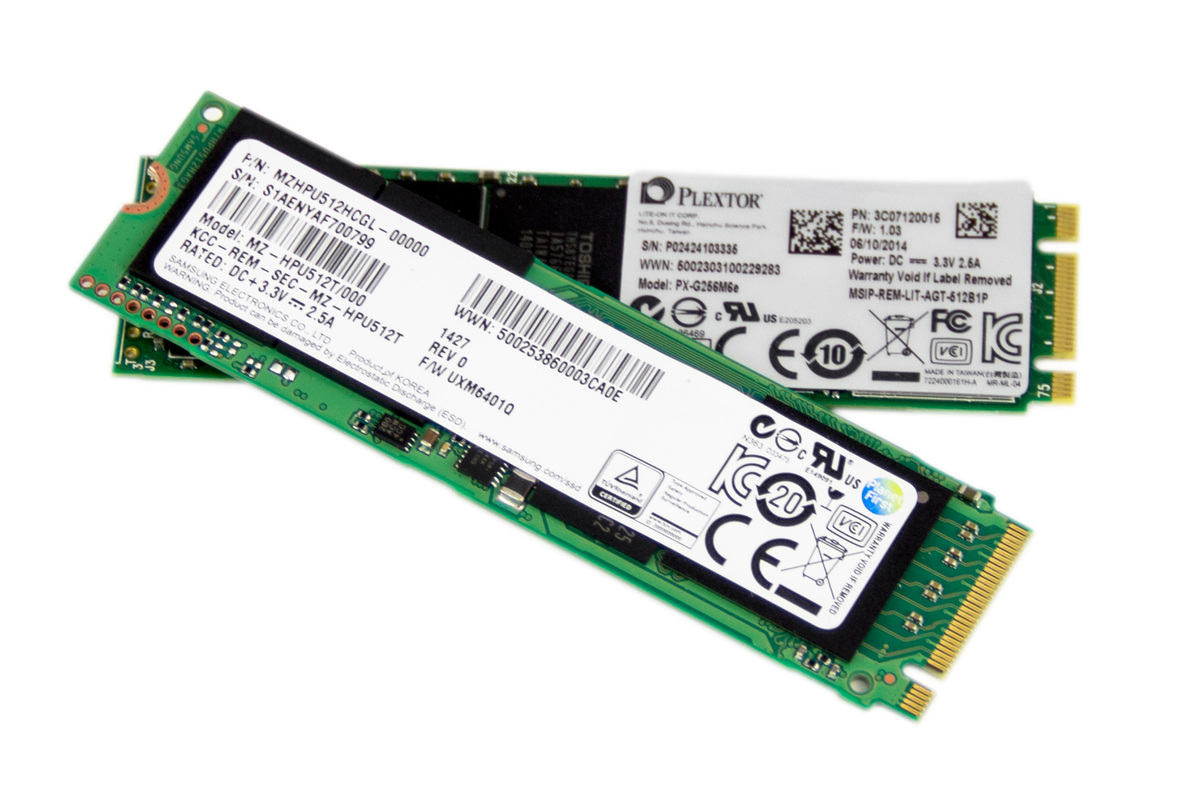Applications like Premiere Pro are extremely complex, with hundreds – if not thousands – of various of files working together each time you work on a project. Premiere Pro defaults to storing cache and scratch files in decent locations, but sometimes it can be beneficial to move them to a different area of your system.
